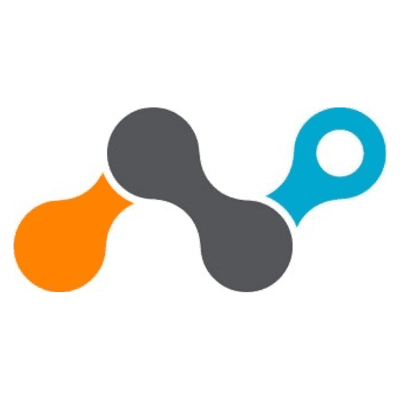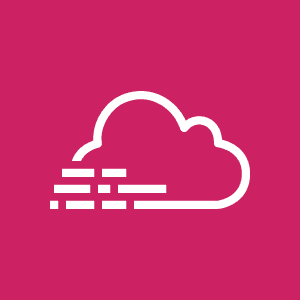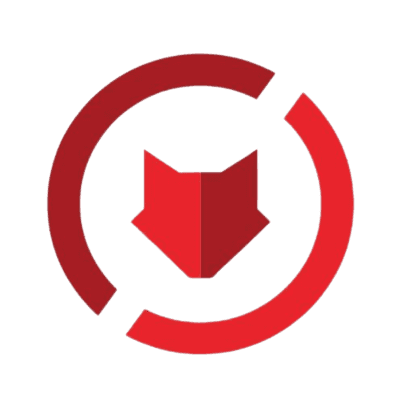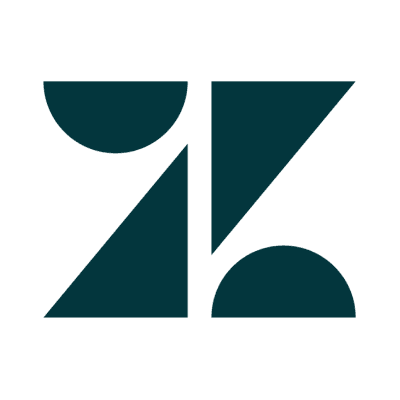Cloud
Azure Stack extends Microsoft Azure's capabilities into on-premises and edge environments, enabling hybrid cloud solutions.
1. Incident Response Automation: Mindflow’s integration with Azure Stack enables organizations to automate their incident response workflows. In scenarios with numerous endpoints, Mindflow can orchestrate rapid responses to security alerts, reducing the response time and minimizing potential damage.
2. Infrastructure Monitoring and Alerts: Mindflow can automate the monitoring process for enterprises with extensive infrastructure. It can connect with Azure Stack to oversee network and server health, automatically triggering alerts and remedial actions in case of anomalies, ensuring continuous system integrity.
3. Streamlined Employee Onboarding: Mindflow simplifies the employee onboarding process for large organizations. It can automate the creation of user accounts, provisioning access to necessary services in Azure Stack, and setting up devices, ensuring a smooth integration of new employees into the company’s network.
4. Compliance Reporting: In enterprises where regulatory compliance is critical, Mindflow can automate the generation of compliance reports. By integrating with Azure Stack, it can gather necessary data from various endpoints and compile it into comprehensive reports to maintain regulatory compliance.
What is Azure Stack?
Azure Stack by Microsoft is an innovative extension of Azure designed to bring the flexibility and rapid innovation of cloud computing to on-premises environments. It allows businesses to run cloud services directly from their data centers, providing a seamless hybrid experience. Azure Stack offers a unique blend of cloud and on-premises solutions, catering to organizations requiring cloud capabilities but facing constraints that keep their data and applications local.
The Value Proposition of Azure Stack
Azure Stack's core value lies in its ability to provide consistent, cloud-native capabilities across a diverse range of environments, from the data center to edge locations. This consistency eliminates the complexity of managing disparate systems, ensuring a unified application development and management approach. Azure Stack's integration with Azure ensures that organizations can enjoy the same tools, APIs, and DevOps processes, regardless of where their applications reside. Its adaptability makes it particularly suitable for sectors with strict regulatory or data sovereignty requirements.
Who Uses Azure Stack?
The primary users of Azure Stack are organizations and enterprises that operate in environments with specific regulatory, data sovereignty, or connectivity limitations. These include sectors like government, healthcare, financial services, and industries that require data to be stored and processed within specific geographic boundaries. IT professionals, cloud architects, and developers within these organizations find Azure Stack particularly beneficial, as it allows them to deploy Azure services on-premises, maintaining a consistent experience with the Azure cloud.
How Azure Stack Works?
Azure Stack provides various Azure services in an on-premises environment. It uses the same technologies as Azure, including its portal, a unified application model, and DevOps tools. Azure Stack is available in three distinct offerings: Azure Stack Hub, Azure Stack HCI, and Azure Stack Edge.













